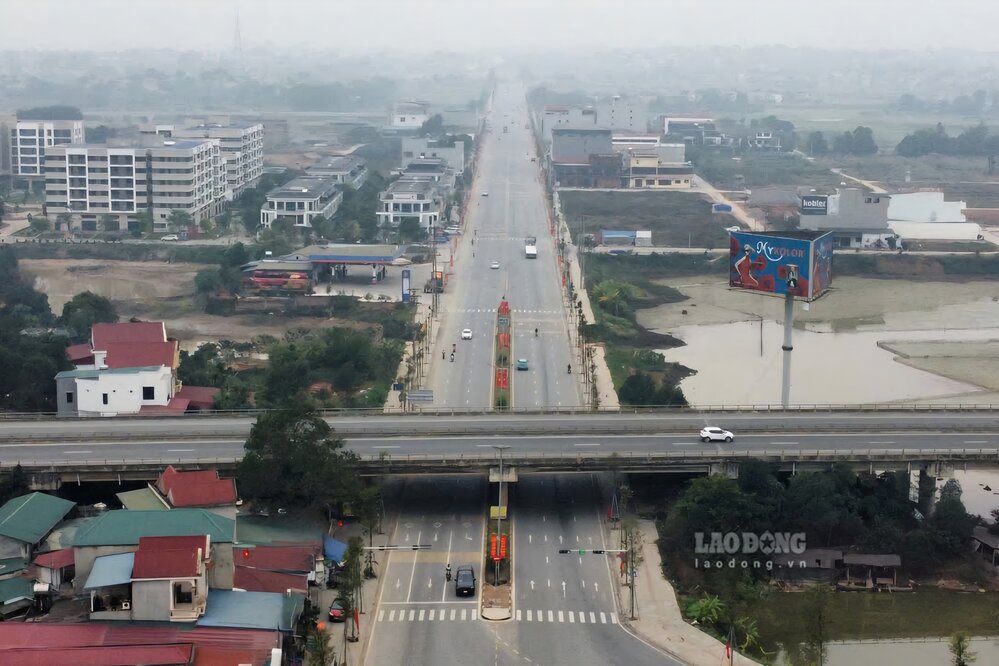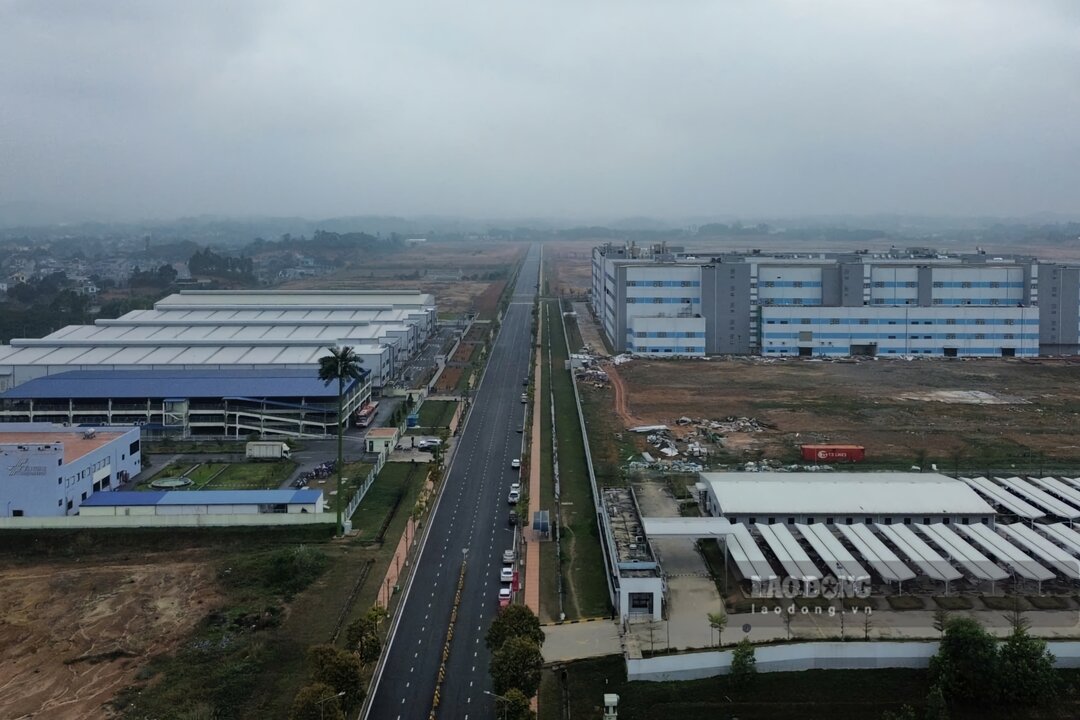Establishment of Phu Tho commune, Phu Tho province
Recently, the People's Committee of Phu Tho province has issued Report No. 49/BC-UBND, summarizing the results of collecting opinions from voters representing households on the Project on the arrangement of administrative units (ADUs) of Phu Tho, Vinh Phuc, Hoa Binh provinces and the Project on the arrangement of ADUs at the commune level of Phu Tho province in 2025.
With the project to reorganize commune-level administrative units, Phu Tho has reported the results of the consultation of voters representing households in 205 communes, wards and towns in the province, with a total of 415,812 people. Of which, 409,800 voters were consulted (reaching a rate of 98.55%), 405,756 voters agreed (reaching a rate of 97.58%).

For Phu Tho town alone, 96.64% of voters agreed to merge Phong Chau ward, Phu Ho commune, Ha Thach commune to form Phong Chau ward; 97.08% of voters agreed to merge Hung Vuong ward, Van Lung commune, Ha Loc commune to form Phu Tho ward; 98.49% of voters agreed to merge Au Co, Thanh Vinh ward, Thanh Minh commune to form Au Co ward.
Thus, like 12 other districts and towns in the province, the name of the district-level administrative units is Phu Tho (Phu Tho town) has been prioritized to be the name of a new commune-level administrative unit, which is Phu Tho ward on the basis of merging Hung Vuong ward, Van Lung commune and Ha Loc commune.

Along with that, the newly established Phu Tho ward will coincide with the current and even in the future, when this province merges with the two provinces of Vinh Phuc and Hoa Binh to become a new province still named Phu Tho.
After Hung Vuong ward, Van Lung commune and Ha Loc commune are merged, Phu Tho ward will have a natural area of over 23 km2, with a population of nearly 28,000 people.
Central ward and commune merge into one
With the available foundations for the transport infrastructure system in Phu Tho town in general, in Hung Vuong ward, Van Lung commune, Ha Loc commune in particular, along with the expanded development space after the merger, Phu Tho ward promises to be one of the leading commune-level administrative units developed among the 66 new commune-level administrative units in Phu Tho province.

For Hung Vuong ward, located in the center of Phu Tho town, the area is currently the headquarters of Phu Tho Town Party Committee along with many agencies, units, schools, public places... Therefore, in recent years, the transport infrastructure system here has been renovated and upgraded synchronously and modernly by the nearly 122-year-old town government.
For Ha Loc commune, a commune with a particularly favorable geographical location for transportation, when there are many important national highways in the area such as: Noi Bai - Lao Cai Expressway (IC9 Intersection), Tuyen Quang - Phu Tho Expressway (end point), Ho Chi Minh Road (km0) and 2 main axes of Phu Tho town, Hung Vuong Road and Provincial Road 315.

In particular, most of the area of Phu Ha Industrial Park is located in Ha Loc commune. This industrial park has so far attracted more than 1 billion USD in investment, about 30 factories have come into operation, attracting more than 23,000 workers... In recent years, the "Industrial park effect" has helped the socio-economic development of Ha Loc commune develop rapidly.
According to Mr. Tran Minh Loi - Chairman of Ha Loc Commune People's Committee, in 2024, the economic growth rate (added value) of Ha Loc commune is estimated to reach 400 billion VND. Of which, the value of small-scale handicraft and construction production reached VND 207.4 billion, the value of commercial services reached VND 159.1 billion.

In terms of economic structure, handicrafts account for 51.85%, trade and services account for 39.78%, agriculture, forestry and fishery account for only 8.37%. In 2024, the total budget revenue will be 53.9 billion VND (534.7% of the estimate); the average income per capita is approximately 60 million VND/person/year.
"In 2024, small-scale handicraft production attracted over 2700 specialized and non-professional workers with stable jobs. The service industry has 1,200 households participating in attracting over 1,600 workers in the fields of transportation, hotels, restaurants, accommodation, internet services and industrial goods trading" - Mr. Loi informed.





